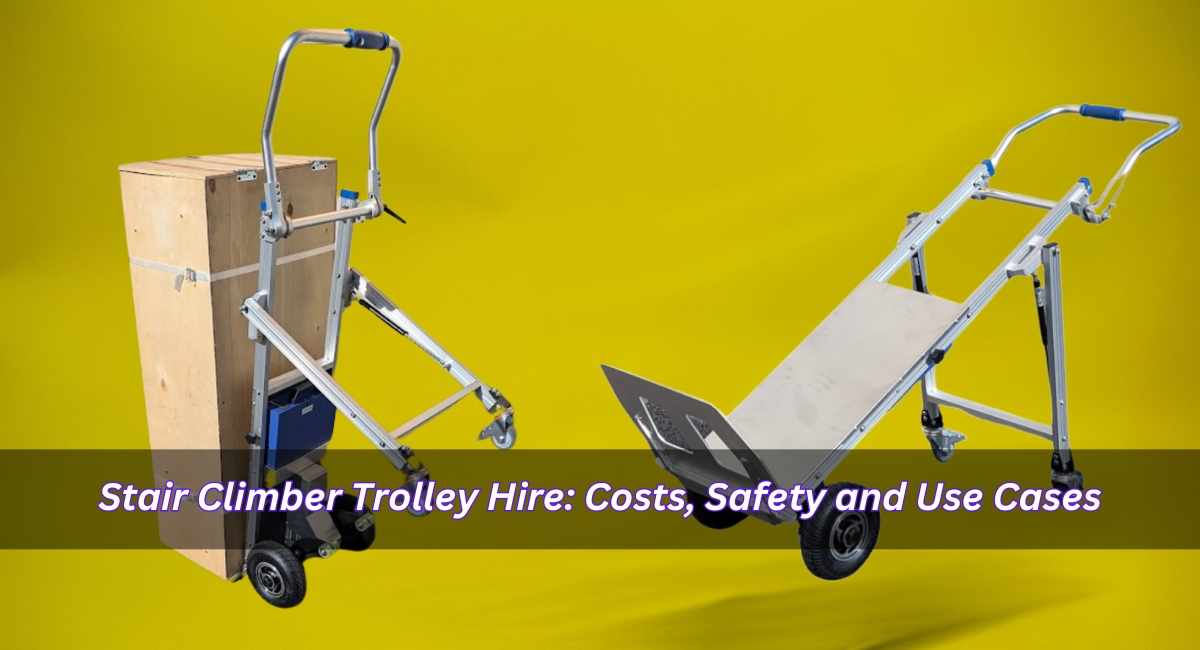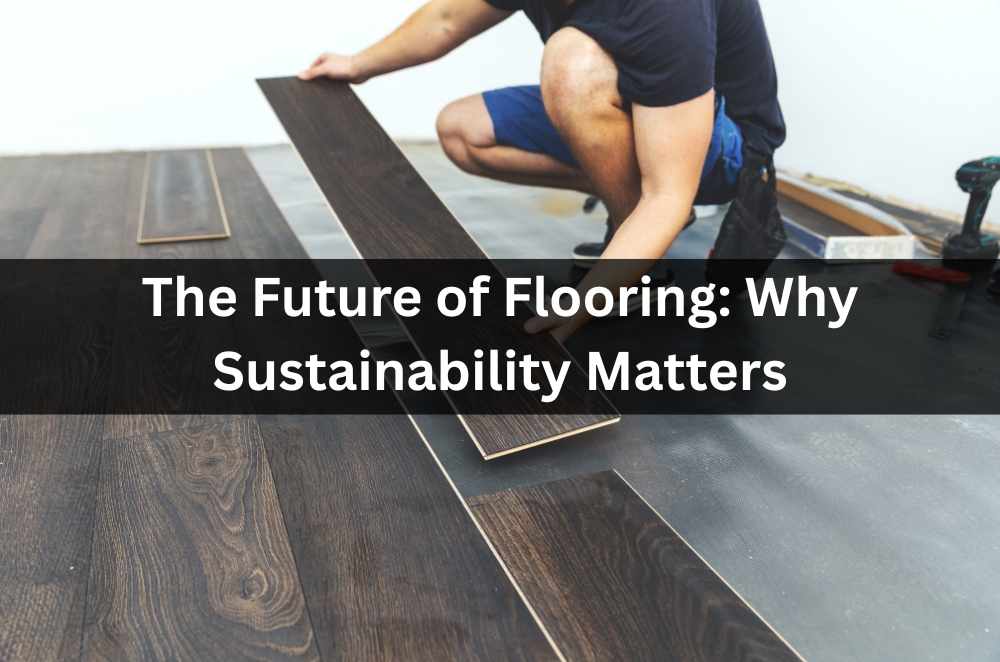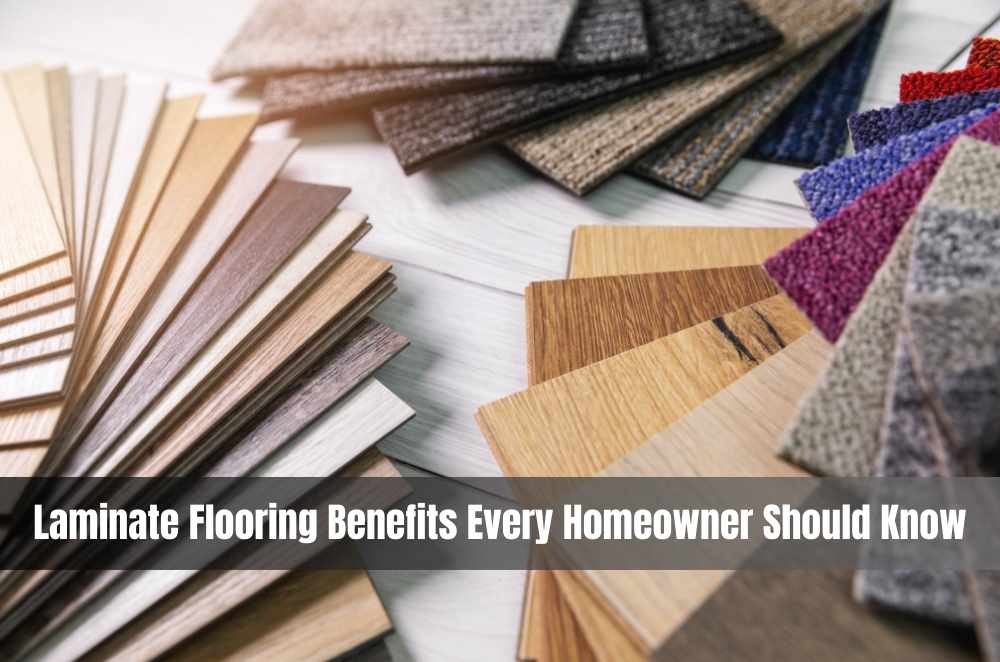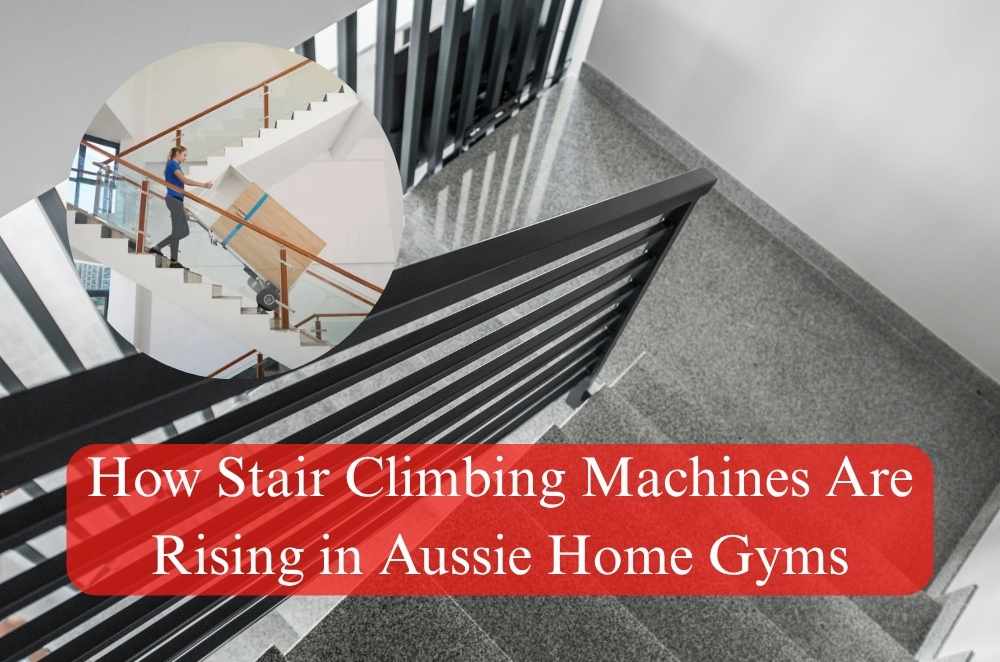
Don’t rush your renovation: flooring matters more than you think
Flooring is one of the most impactful design decisions you’ll make in any home renovation. It sets the tone for the entire space — visually, functionally, and financially. And while hybrid flooring is increasingly popular across Australian homes, the biggest mistake homeowners make? Skimping on the install.
If you’re considering hybrid flooring installation, make sure it’s done by a qualified professional. No shortcuts, no rushed DIY — just clean, compliant results that actually last.
Why hybrid flooring is everywhere in 2025
Hybrid flooring blends the waterproof strength of vinyl with the visual appeal of laminate. It’s perfect for Aussie conditions: resistant to moisture, easy to clean, and stable in temperature extremes. That’s why it’s showing up in:
Busy family homes with pets
Apartments with open-plan layouts
Kitchens, hallways, and even bathrooms
Rental properties (easy to maintain, tough to damage)
But no matter how good the material is, if it’s not installed properly, it’ll lift, warp, or squeak.
What a professional installer actually does
It’s not just laying planks and walking away.
A skilled hybrid flooring installer will:
Assess the subfloor – Is it level? Moisture-free? Stable?
Use the right underlay – Acoustic insulation, vapour barriers, or integrated pads, depending on room use
Create an expansion gap – Hybrid flooring expands/contracts with temperature; without this, it buckles
Trim and finish properly – Especially around skirting boards, thresholds, and cabinetry
Advise on post-install care – Cleaning, furniture pads, and warranty-safe maintenance
It’s precision work, and one bad step ruins the whole look.
My experience: why I ditched DIY after one room
I’ll admit it — I tried to install hybrid planks in my study with a few YouTube videos and borrowed tools. It looked fine at first. But two months later, I noticed a few edges lifting near the window. I hadn’t sealed the expansion gap properly. Then one board cracked. I ended up paying more to fix it than I would’ve to do it right the first time.
Lesson learned: hybrid flooring feels easy… until it isn’t.
What to ask before hiring an installer
Not all installers are the same. Ask these before you commit:
Are you experienced with the installation of hybrid flooring specifically?
Can I see recent projects or reviews?
Do you test for moisture and subfloor levels first?
Do you provide a workmanship guarantee?
Are you familiar with acoustic or strata requirements (for units)?
If they hesitate or dodge questions, keep looking.
Why Australian standards matter
Flooring isn’t just cosmetic — it’s regulated.
Installers must work to the flooring installation safety standards outlined by workplace safety authorities like SafeWork NSW. This ensures:
Proper treatment of surfaces
Safe transitions and edging
Slip resistance where required
Structural integrity across high-use zones
Compliance protects both your home and your resale value.
Do installers need to be licensed in Australia?
In most cases, yes. Each state has its own rules, but in NSW and Victoria, flooring contractors must be either certified or work under a licensed builder for jobs above a certain value. The same goes for installers working in multi-unit dwellings or under strata rules.
If you’re unsure, ask to see their licence or registration number — a legitimate contractor won’t hesitate. You can also verify credentials through your state’s fair trading website or through the NCC requirements listed by the Australian Building Codes Board.
Pros and cons of hybrid floors (and who they’re best for)
Pros:
Waterproof and pet-friendly
Looks like timber without the cost
Cushioned feel underfoot
DIY-friendly… in theory
Easy to clean and low maintenance
Cons:
Not as warm as true hardwood
Needs a very level subfloor
Can fade in strong sunlight
Poor installation leads to fast wear
Comparing hybrid flooring to laminate and vinyl
Laminate vs hybrid: Laminate looks great, but can’t handle water. Even minor spills cause damage. Hybrid flooring offers similar looks, but is completely waterproof, making it ideal for bathrooms and kitchens.
Vinyl vs. hybrid: Vinyl is also waterproof and budget-friendly, but it is softer. That softness means more wear over time, especially under heavy furniture. Hybrid planks are sturdier, often with a stone composite core that resists dents and swelling.
Bottom line? Hybrid is the middle ground between comfort, aesthetics, and durability.
Where hybrid flooring really shines
Most clients I’ve worked with choose hybrid flooring for:
Open-plan living areas – seamless flow without worrying about spills
Kitchens and dining rooms – easier to clean than carpet, warmer than tile
Rental properties – great balance of durability and aesthetics
Holiday homes – low maintenance during the off-season
And in multi-level units, acoustic-rated hybrid flooring is often approved by strata bodies, making it a go-to choice for renovators in Sydney and Melbourne.
Why hybrid flooring is booming in Sydney homes
Sydney’s mix of humid summers, coastal air, and open-plan homes makes hybrid flooring especially practical. I’ve seen it used in Bondi townhouses, Northern Beaches rentals, and inner-west terraces alike. Its water resistance and thermal stability make it perfect for Australia’s unpredictable climate.
In fact, local hybrid flooring installation demand has surged in the past 3 years, partly due to strata rules and partly due to rising awareness of flooring’s role in energy efficiency and resale value.
Where things go wrong (common install mistakes)
Even premium hybrid flooring can fail fast if installation is rushed or sloppy. Here are a few pitfalls I’ve seen firsthand:
Skipping the moisture barrier
Poor subfloor levelling
Incorrect cutting around obstacles
No acclimatisation time
No expansion gap left
Each one of these mistakes can cause warping, movement, and warranty voiding. A qualified installer will anticipate and avoid all of them.
How much does it really cost?
While pricing varies based on product quality and square metres, here’s a general guide:
Material: $30–$65 per m²
Underlay: $5–$10 per m²
Labour: $25–$40 per m²
Extras: removal of old flooring, trims, and stairs
Total ballpark for an average home: $4,000–$8,000
Pro tip: Avoid suspiciously cheap quotes. They often skip moisture testing or correct subfloor prep, which costs more in the long run.
Signs of a bad install – and what to do
If your new floor is showing issues within months, something’s off. Look for:
Peaking or buckling at joins
Gaps between boards
Squeaking or shifting underfoot
Uneven edges or poor trimming
Movement near doorways or skirting
If you see these signs, speak with the installer ASAP. Many reputable contractors offer workmanship warranties, but they only apply if you’ve followed the care instructions and reported issues early.
Post-install care: How to keep your floors looking sharp
Hybrid floors don’t need much, but they do need the right habits:
Use soft-bristle brooms or microfibre mops
Avoid steam mops
Clean spills quickly
Use felt pads under furniture.
Never drag heavy furniture across it.

Final thoughts: invest in the finish
Choosing the right hybrid flooring is just step one. The bigger decision? Who installs it?
It’s easy to get distracted by product samples or pricing calculators, but real value lies in the installation quality. After all, you walk on your floors every day. They deserve to be flat, strong, quiet, and beautiful.
So, whether you’re redoing one room or an entire home, don’t settle for anything less than professional hybrid flooring installation. Done right, it’ll look flawless and last for years.









Write a comment ...